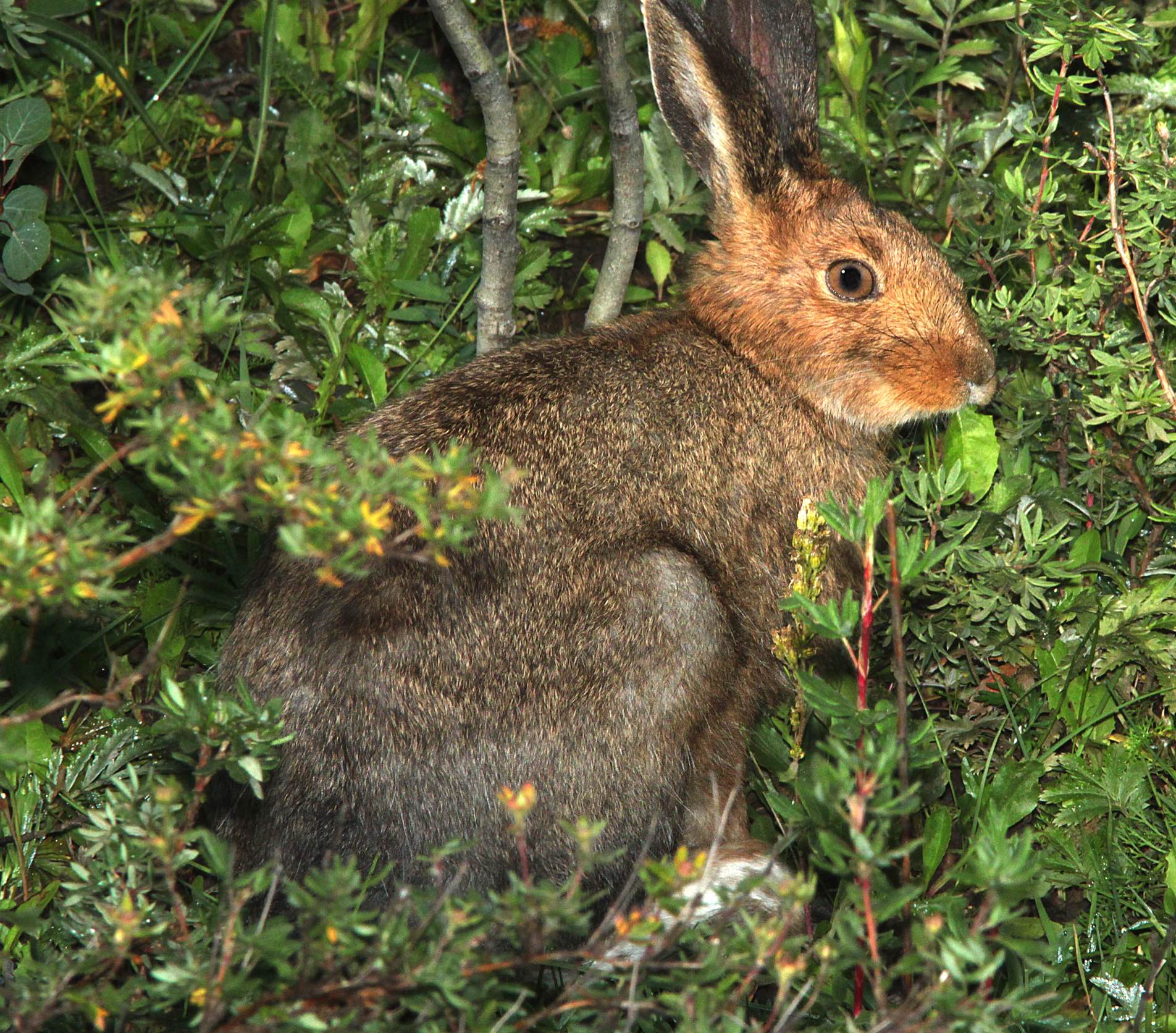
One of the most difficult problems encountered by wildlife biologists attempting to study wild animals is answering the question of how many we have and where they are located. When animals are cryptic, nocturnal, or otherwise simply difficult to see and capture to mark and study, it can be extremely difficult to estimate population sizes.
However, in recent years, the relatively low cost and availability of digital cameras has led to an explosion of using so-called camera traps to automatically capture photographs of animals passing by camera stations. Such cameras can be placed inconspicuously by a trail or other site and set to detect motion and then automatically photograph or collect video of passing animals.
When some animals have distinctive individual markings, such as Canada lynx (Lynx canadensis), the photos can be used to identify individuals without going to the expense and effort of trying to live-trap, capture, and mark living individuals (see previous reports in SoE Education & Research Reports and WSU Insider: story 1; story 2).
That situation begs the question of how you estimate population sizes and densities when all you have are photos of individuals that look similar.
In a recent publication in the Journal of Mammalogy, former SoE graduate student, Paul Jensen, along with Dr. Dan Thornton and their colleague, Aaron Wirsing from the Univ. of Washington, explored how camera traps could be used to estimate the density of snowshoe hares across sites in North Central Washington.
To determine the reliability of potential population estimates derived from camera traps, they conducted extensive and traditional live-trapping to generate standard density estimates for comparison with the newer camera-trapping methods. They found that population estimates derived from camera-trapping compared favorably with those from live-trapping, however, camera methods offered many advantages through being less invasive and potentially harmful to animals while allowing relatively more convenient sampling over large geographic areas.
The research program of the Thornton lab along with that of their research colleagues and collaborating state and federal agencies are rapidly expanding the application of relatively non-invasive population monitoring methods for detection of a large number of wildlife species.
That work is important as essentially all wildlife species will face the effects of current and future climate change, making it critical that wildlife ecologists are able to monitor key species to better understand potential conservation and land management strategies.
To Learn More:
See: WSU Insider – Cameras reveal snowshoe hare density in forests
Journal of Mammalogy: Using camera traps to estimate density of snowshoe hare (Lepus Americanus): a keystone boreal forest herbivore
